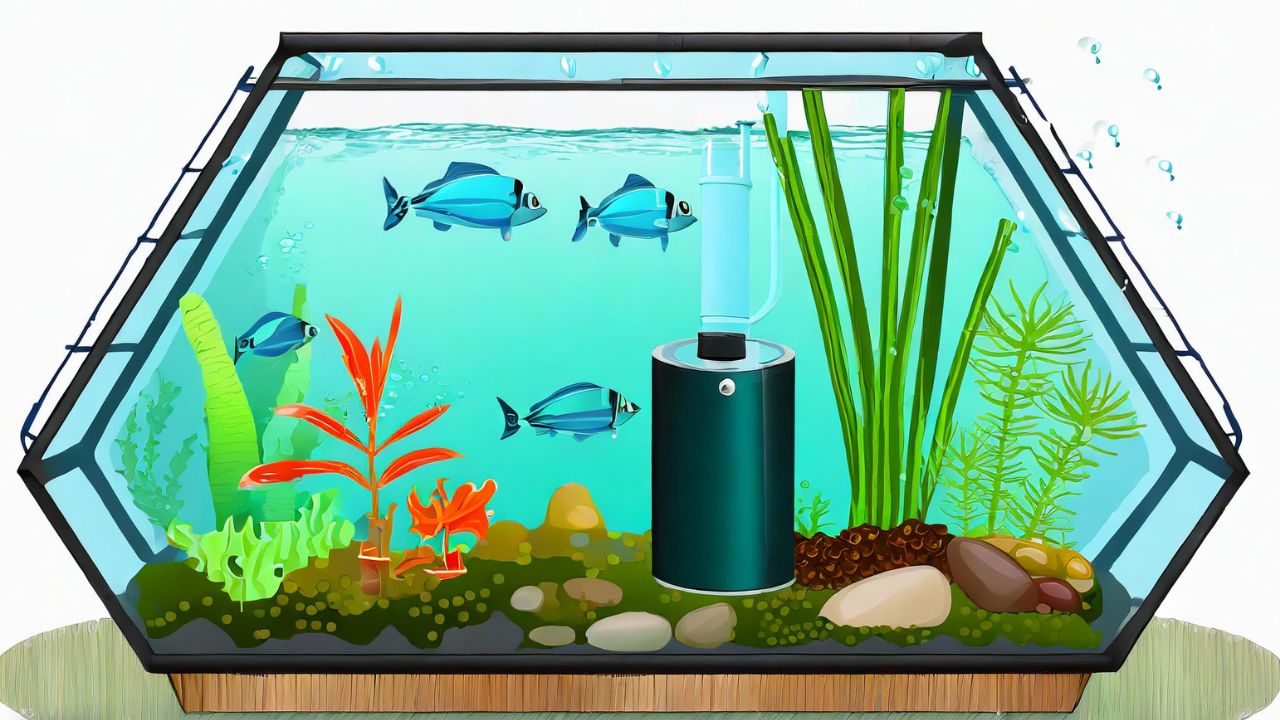Introduction to Freshwater Angelfish Care.
Before jump into the topic of Freshwater angelfish care a brief overview about the fish is must needed.
An Overview of Freshwater Angelfish.
Freshwater angelfish are some of the most popular fish kept in home aquariums. Native to the Amazon River basin in South America, these elegant fish feature tall, triangle-shaped fins and beautifully patterned bodies. While they may seem delicate, angelfish are quite hardy when kept in the proper aquarium environment. With their stately appearance and graceful swimming style, it’s easy to see why angelfish never go out of style.
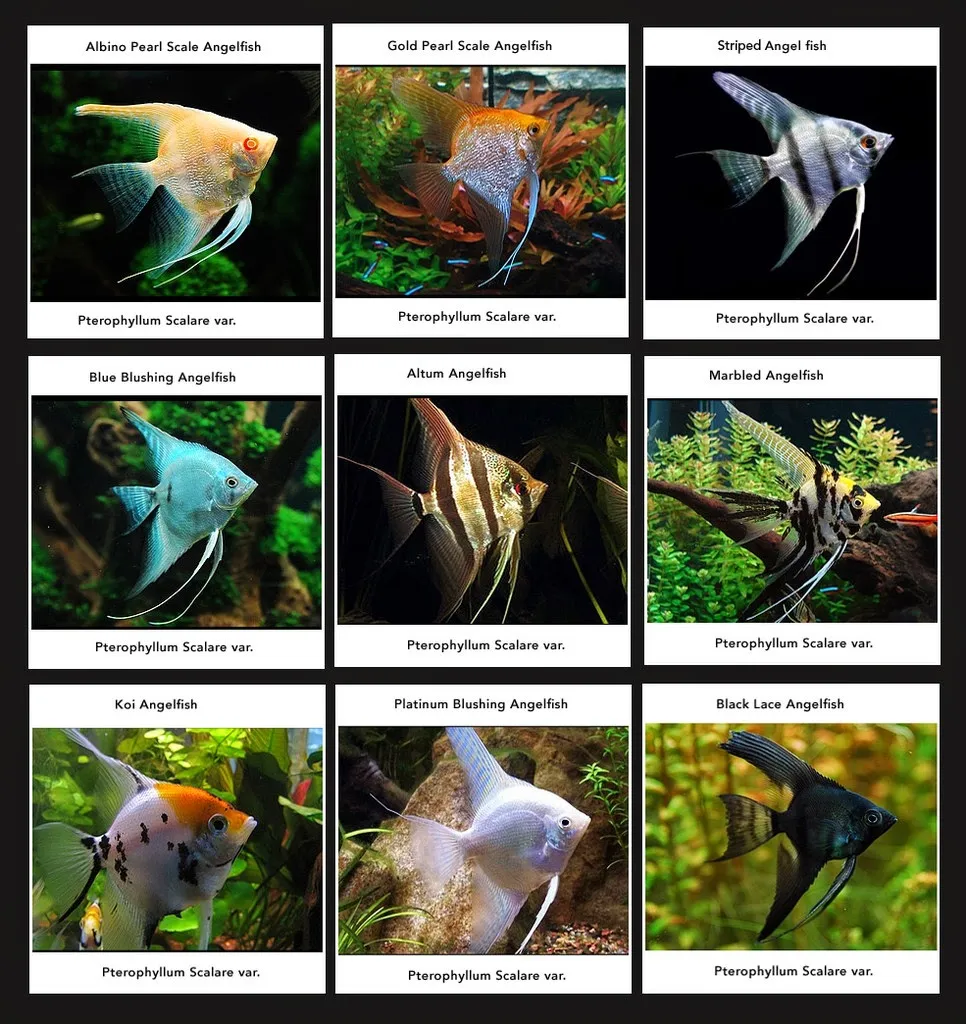
The Varieties of Freshwater Angelfish.
There are several color varieties of freshwater angelfish available today. The most common is the standard silver angelfish with black vertical stripes. Other popular varieties include black, gold, zebra, marble, ghost, and koi angelfish with unique color patterns. Selective breeding programs over the years have produced angelfish with interesting fin shapes as well, such as veil and lace fin varieties.
Read More: Types of Angelfish.
Behaviors and Characteristics of Freshwater Angelfish.
In the home aquarium, freshwater angelfish exhibit a range of interesting behaviors. They are generally peaceful community fish, though can show mild territorial aggression at times, especially while spawning. They tend to be mid-level to top-dwelling fish. Angelfish swim gracefully with their large dorsal and anal fins extended. They can grow up to 6 inches tall and live for 10 years or longer with proper care.
Setting Up the Perfect Aquascape.
While discussing about Angelfish care, Tank setup is the most important. So lets look into some tips for perfect aquascaping.
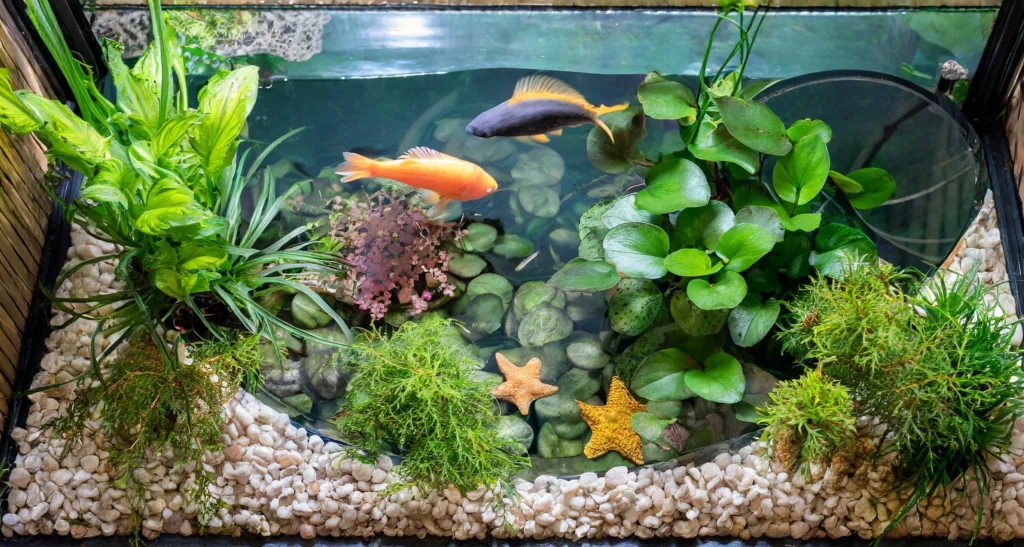
Choosing the Right Tank.
A minimum tank size of 29 gallons is recommended for freshwater angelfish, with larger tanks allowing for small schools. The tank should be twice as tall as an adult angelfish to accommodate their height. Angelfish do best in planted aquariums with plenty of broad-leaf plants, driftwood, and rock caves arranged to provide territories.
Read More: Ideal Tank Size for Angelfish.
Creating an Ideal Habitat.
Use a fine gravel or sand substrate to mimic the natural habitat of angelfish. Create shaded areas and territories with tall plants like Amazon sword plants and structures like rock overhangs or wood roots. Open swimming areas let angelfish display fascinating behaviors. Dither fish like tetras help angelfish feel secure.
Essential Equipment for the Tank.
In addition to standard aquarium gear like a heater, thermometer, and filtration system, angelfish tanks also benefit from air stones or powerheads to oxygenate the water, substrates for beneficial bacteria, and lighting appropriate for live plants. Use a tight-fitting lid, as angelfish are accomplished jumpers.
The Importance of Water Parameters.
As like any other fish water parameter is also the key for angelfish care.
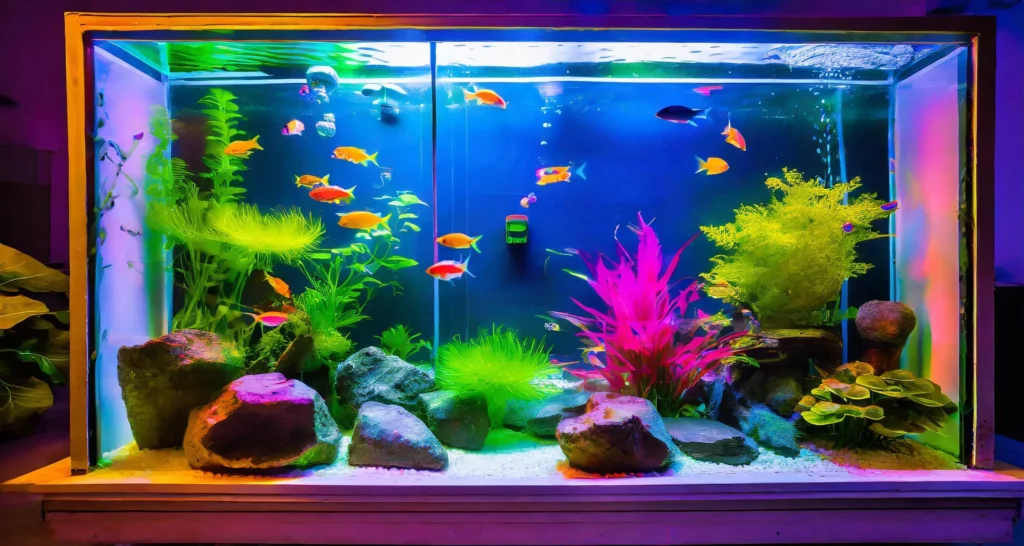
Temperature and pH Levels.
Angelfish prefer water temperatures between 76-84°F. The ideal pH ranges from 6.5-7.5. Use a heater and test kits to monitor conditions. Stable parameters are more important than exact values. Acclimate fish slowly to avoid stress.
Maintaining Proper Water Hardness.
Angelfish thrive in slightly soft, acidic water with a hardness between 4-8 KH. Use products like driftwood, peat, and almond leaves to naturally lower pH and soften water over time. This resembles their native habitat.
Oxygenation and Filtration.
Good water movement, aeration, and efficient biological filtration are vital in an angelfish aquarium. Overcrowding causes pollution and low oxygen levels. Powerheads supplement filters to prevent this. Target 10+ times turnover rate per hour.
Introducing Your Freshwater Angelfish.
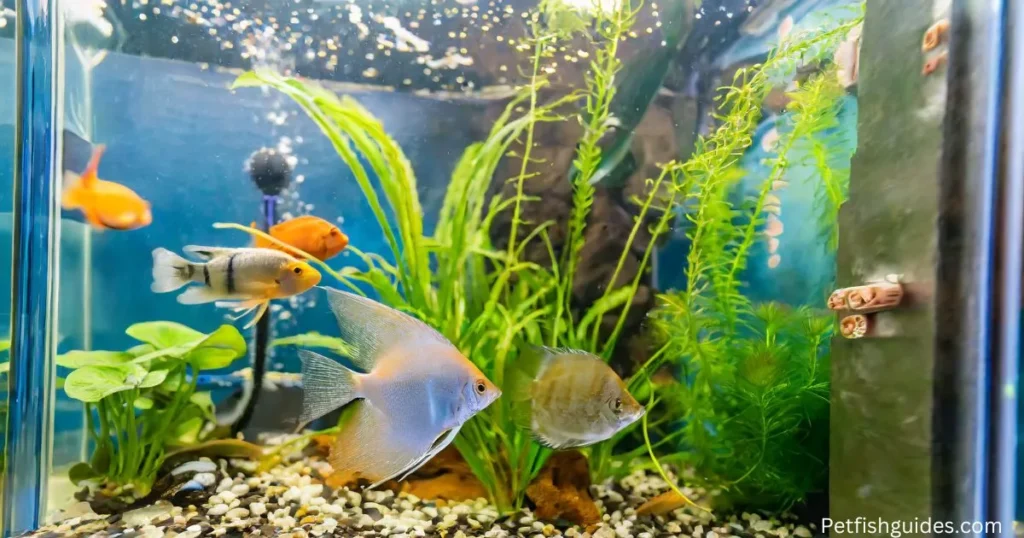
Selecting Healthy Specimens.
When selecting angelfish, look for signs of good health like full, spread-out fins, vivid colors, alertness, and active feeding. Avoid fish that appear stressed with clamped fins or faded coloration. Purchase juvenile fish under 2 inches for best acclimation.
Acclimating the Fish to Their New Home.
Allow 45-60 minutes to slowly acclimate bagged fish to the new water conditions. Never release fish into a net or straight into the tank, as this causes undue stress. Monitor new fish closely for signs of stress or aggression.
Tips for Successful Tankmates.
Good tankmates include small tetras, rasboras, corydoras catfish, and small gouramis. Avoid fin-nippers like tiger barbs. Introduce the most peaceful fish first when setting up the tank, adding angelfish last. Provide plenty of plants and hideaways to reduce aggression.
Feeding Freshwater Angelfish.

Understanding Dietary Needs.
Angelfish are omnivorous and enjoy a varied diet. Feed a quality flake or pellet, along with frequent treats like frozen brine shrimp, bloodworms, daphnia, and blanched veggies for complete nutrition. Juveniles need more frequent, smaller meals.
Types of Food for Optimal Nutrition.
In addition to a base flake or pellet food, provide angelfish with a mix of freeze-dried, frozen, and live foods. These most closely mimic their natural diet. Vitamin supplements can be soaked into foods as well. Avoid overfeeding.
Establishing a Feeding Schedule.
For most adult angelfish, feed once or twice per day, offering only what they can consume within 2-3 minutes. This prevents waste accumulation and water fouling. Timed automatic fish feeders allow for a consistent schedule if away for extended periods.
Routine Care and Maintenance.
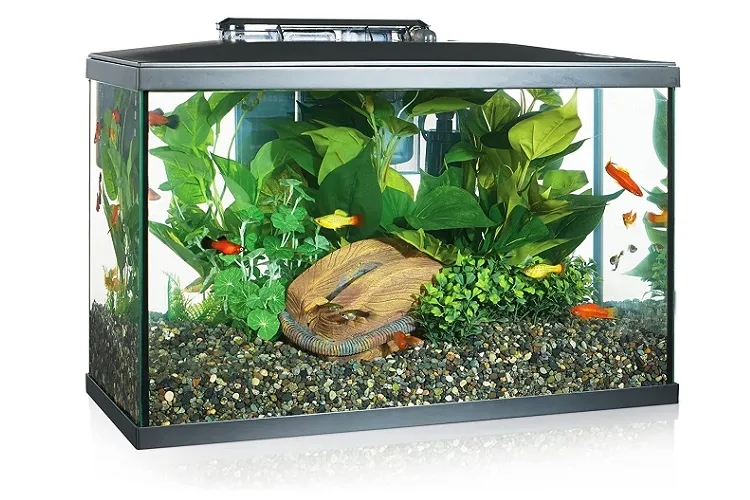
Regular Water Changes.
Perform 25% water changes weekly, or more often if nitrates exceed 20 ppm. Use a gravel vacuum to remove waste and keep the substrate clean. Treating new water before water changes helps maintain proper pH and hardness.
Keeping the Tank Clean and Algae-Free.
Wipe glass regularly and trim plants to control algae growth, which can rapidly overtake angelfish tanks. Target feed to prevent uneaten food from fouling the water. Clean filters monthly to maintain good water flow.
Nitrates and Nitrites: Monitoring and Control.
Test water 1-2 times per month for ammonia, nitrites, and nitrates. These byproducts of waste, food, and respiration can quickly rise to toxic levels in closed systems. Water changes dilute accumulating nitrates, one of the most common aquatic pollutants.
Water Quality Testing and Troubleshooting.
Importance of Regular Quality Testing.
Test kits are critical for monitoring ammonia, pH, nitrites, nitrates, hardness, and other parameters. Rapid water quality changes are dangerous for angelfish. Consistent, stable conditions keep fish healthy.
Identifying and Remedying Common Issues.
Common water quality issues include pH fluctuations, ammonia and nitrite spikes from overcrowding or overfeeding, low oxygen from warm temperatures, and rapid nitrate accumulation. Quickly isolate and treat sick fish to prevent disease transmission.
Balancing Nutrients for Optimal Health.
Target 0 ppm ammonia and nitrites. Nitrates should remain under 20 ppm. pH between 6.5-7.5, temperature of 76-82°F, and low to moderate hardness create ideal conditions for angelfish to stay healthy.
Handling Algae Blooms and Cloudy Water.
Treat green water algae (phytoplankton) blooms with UV sterilizers. Clean filters and siphoned gravel remove sludge causing bacterial blooms. Reduce lighting duration, remove decaying plant matter, and scrub algae to get tanks crystal clear again.
Disease Prevention and Treatment.
Recognizing Common Freshwater Diseases.
Angelfish are prone to diseases like ich, velvet, fin rot, columnaris, and dropsy. Learn to spot symptoms like white spots, clamped fins, ragged fins, ulcers, bloated bellies, and abnormal behaviors to treat conditions swiftly.
Quarantine Practices for New Fish.
Quarantine all new fish for at least 2 weeks to prevent introducing pathogens. Use a separate tank or divider with its gear. Observe fish closely during quarantine periods to spot developing health issues.
Effective Treatment Options.
Treat bacterial infections with antibacterial fish medications containing ingredients like methylene blue or furan-2. Parasitic protozoans can be treated with specialty ich and velvet medications. Improve conditions to resolve stress-linked issues.
Maintaining Optimal Tank Conditions.
Lighting and Photoperiod.
Angelfish require moderate lighting. Fluorescent plant bulbs or LEDs for 8-10 hours per day allow fish to follow natural rhythms. Provide shaded, darker areas fish can retreat to.
Controlling Stress Factors.
Minimize disturbances, maintain stable water quality, use calm tankmates, feed a varied diet, and design territories to limit stress. High stress weakens the immune system and causes disease susceptibility.
Enhancing the Natural Environment.
Add leaf litter, bogwood, sheltered feeding areas, and dim, shaded areas to mimic elements of their native habitat. Changing 10-20% of the water with aged, acidic water or RO water with Blackwater Extract helps recreate natural conditions.
Breeding and Raising Fry.
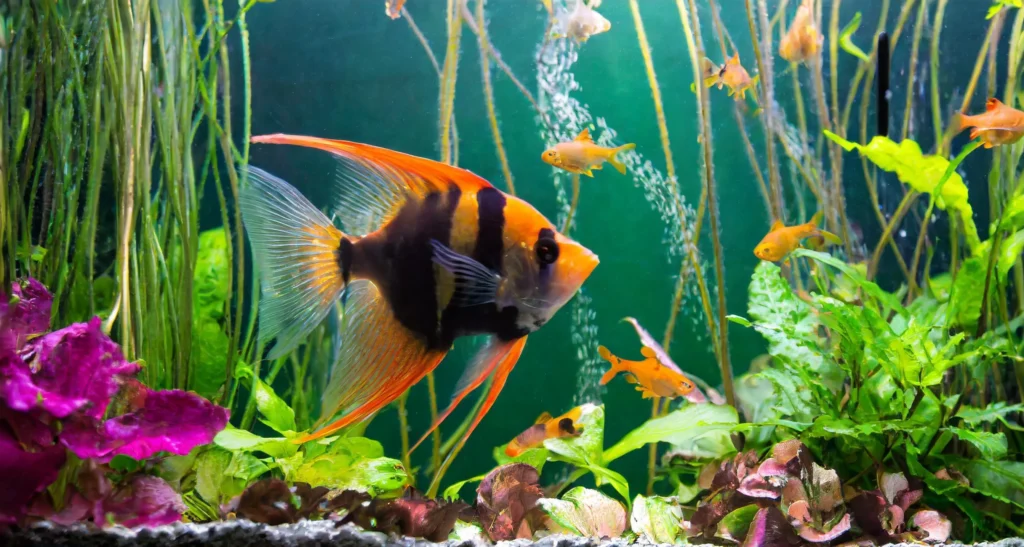
Creating the Right Breeding Conditions.
Trigger spawning by simulating rainy season conditions—slightly cooler water, heavy feeding, increased water changes, dimmed lighting, and aquatic plant placement. Vertical surfaces like smooth slate or aquarium glass make the best spawning sites.
Identifying Breeding Behavior.
Courting behaviors like displaying vertical barring, following closely, and nipping mean angelfish are ready to breed. Just before spawning, the pair will clean the site by mouthing it repeatedly. Spawning itself involves the pair circling each other, embracing, and depositing eggs on the spawning surface.
Rearing and Caring for Angel Fish Fry.
Angelfish parents should be removed shortly after spawning finishes to prevent them from eating the eggs. The eggs will hatch in 24 to 48 hours. The tiny fry clings to the spawning surface initially, then become free-swimming 2 to 3 days later. At this point, they need infusoria, then progressively smaller live foods until large enough for powdered flake foods, usually around 2 weeks old. Maintain exceptionally clean water and frequent small feedings to raise angelfish fry to adulthood.
Dealing with Aggression.
Identifying Territorial Behavior.
Angelfish generally only show aggression while spawning or defending an established territory from new fish. Nipping fins, spreading fins, ramming, chasing, and lip-locking signify territorial disputes or spawning-related aggression between two fish.
Introducing New Tankmates to Reduce Aggression.
Rear angelfish in pairs selected from the same brood or introduce tankmates when angelfish are under 3 inches long to minimize territorial issues. Add the most peaceful community fish first when introducing new tankmates.
Separating Aggressive Individuals.
Place extra plants, barriers, and sight breaks to divide territories and diffuse aggression. Remove aggressive or badly harassed individuals and place them in a separate recovery tank if needed.
Read More: How many angelfish to keep together.
Dealing with Disease outbreaks.
Identifying Symptoms and Health Issues.
Learn to recognize common freshwater Angelfish diseases by researching their typical symptoms and signs. Use diagnostic tools like skin scrapes, microscopy, pH tests, or assaying (testing water for dissolved compounds) to identify pathogens. Early disease detection allows prompt treatment.
Isolating and Treating Infected Fish.
Quarantine sick angelfish in a separate hospital tank for treatment as soon as disease symptoms appear. Disinfect gear between uses to prevent transmission. Remove carbon filters during treatments, as these can export medications.
Preventative Measures for Disease Control.
Quarantine new fish, maintain high water quality, feed a nutritious diet with supplements if needed, use mature media in filters, limit stress, and keep fish well-nourished. These measures strengthen the immune response of fish to resist pathogens.
Handling Breeding Challenges.
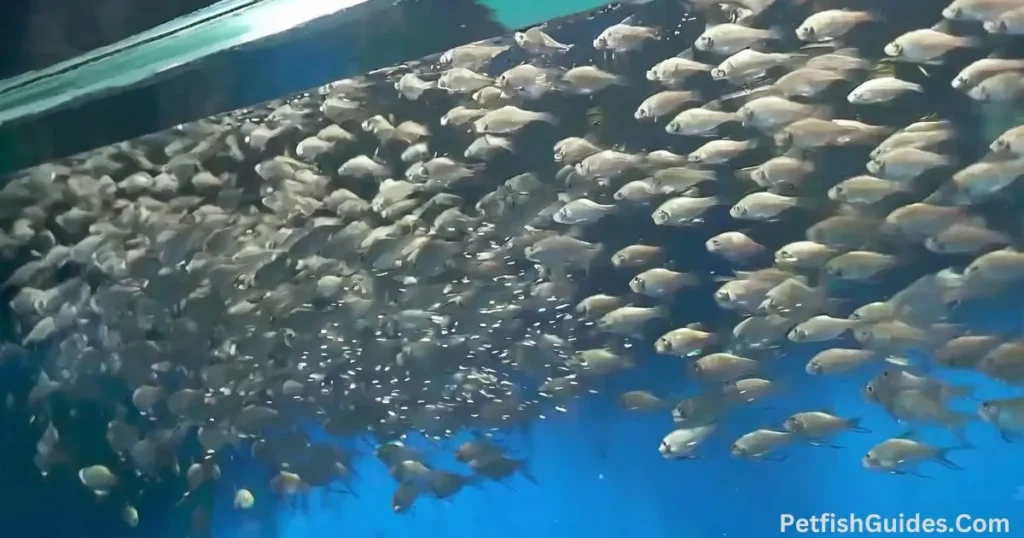
Identifying Infertile Eggs.
Infertile angelfish eggs turn opaque and fungus rapidly instead of remaining translucent. Remove them promptly to prevent fungal spread. Ensure high diet quality, optimal conditions, and a compatible mating pair to promote fertility.
Addressing Poor Hatch Rates.
Hatch rates below 50% often result from poor diet, older breeding fish, improper conditions, or infertile eggs. Test water parameters and enhance nutrition. Consider replacing older breeders with younger, more vigorous pairs.
Troubleshooting Basic Fry Care.
Fry not growing, remaining inactive on tank surfaces, or dying shortly after free-swimming indicates issues like poor water cleanliness, incorrect diet, or improper feeding frequency. Meticulously maintain fry-rearing tanks for healthy growth.
Managing Unwanted Spawning.
Controlling Overpopulation.
Once a mated pair of angelfish bond, they will spawn repeatedly if given ideal conditions. Maintain fry grow-out tanks or find buyers lined up in advance to avoid overcrowding issues and stunting from too many offspring in the main display tank.
Dealing with Unwanted Fry.
If unable to raise excess angelfish fry, leave eggs with the parents to be consumed, freeze eggs overnight then discard, move spawning medium to a separate tank, exclude breeders until ready, or use egg scatters in the main tank. These options avoid unwanted offspring.
Preventing Stress and Disease Outbreaks.
Unmanaged breeding leads to bioload spikes and aggression as fish attempt to spawn repeatedly. Ensure suitable housing for excess offspring and allow fish a recovery period between breeding intervals. Maintain extra clean water and quarantine holding systems for juvenile fish until rehomed.
Final Words.
With their elegant profile and alluring patterning over metallic silver bodies, freshwater angelfish never fails to impress aquarists. Yet Proper care for angelfish does require. By selecting the right sized tank, filtering to support the bioload, maintaining clean, soft, and slightly acidic water quality, quarantining new additions, and feeding a varied diet, angelfish readily thrive for years. While mellow overall, be alert for situations sparking mild aggression like introducing tankmates or breeding activities. Learn to spot signs of illness promptly so treatment can quickly resolve issues. With proper setup and care, freshwater angelfish make rewarding long-term aquarium residents.
If you have any other angelfish care questions unanswered, don’t hesitate to leave them below. For even more guidance, refer to these angelfish care resources:
The Complete Guide to Angelfish Care
Frequently Asked Questions (FAQs).
How long do freshwater angelfish live?
With proper care, most varieties of freshwater angelfish typically live for 10 years or longer in home aquariums. Selective breeding has extended some color strains’ average lifespans to 15 years.
Can angelfish live with other fish?
Yes, angelfish can successfully be kept in peaceful community aquariums when provided adequate space and sight breaks. Good tank mates include small tetras, rasboras, cory catfish, dwarf gouramis, and Loricariid catfish. Avoid aggressive varieties prone to nip fins.
How often should I feed my angelfish?
Juvenile angelfish can be fed in small amounts 3-4x daily. Adults typically do best with 1-2 larger feedings per day of quality flake or pellet foods supplemented with meaty items like frozen bloodworms, brine shrimp, and daphnia.
How can I tell if my angelfish is sick?
Signs of sickness in angelfish include clamped fins, faded coloration, rapid breathing, bloating, lesions, abnormal behaviors like resting on tank bottoms or floating, loss of appetite, visible parasites like ich spots, and frayed or split fins.
Are angelfish difficult to breed?
While spectacular to witness, angelfish generally spawn readily when provided with good foods, clean water, vertical surfaces, dim lighting, warmer temperatures, and current mimicry. However, carefully raising the tiny fry does require skill and dedicated rearing systems.

